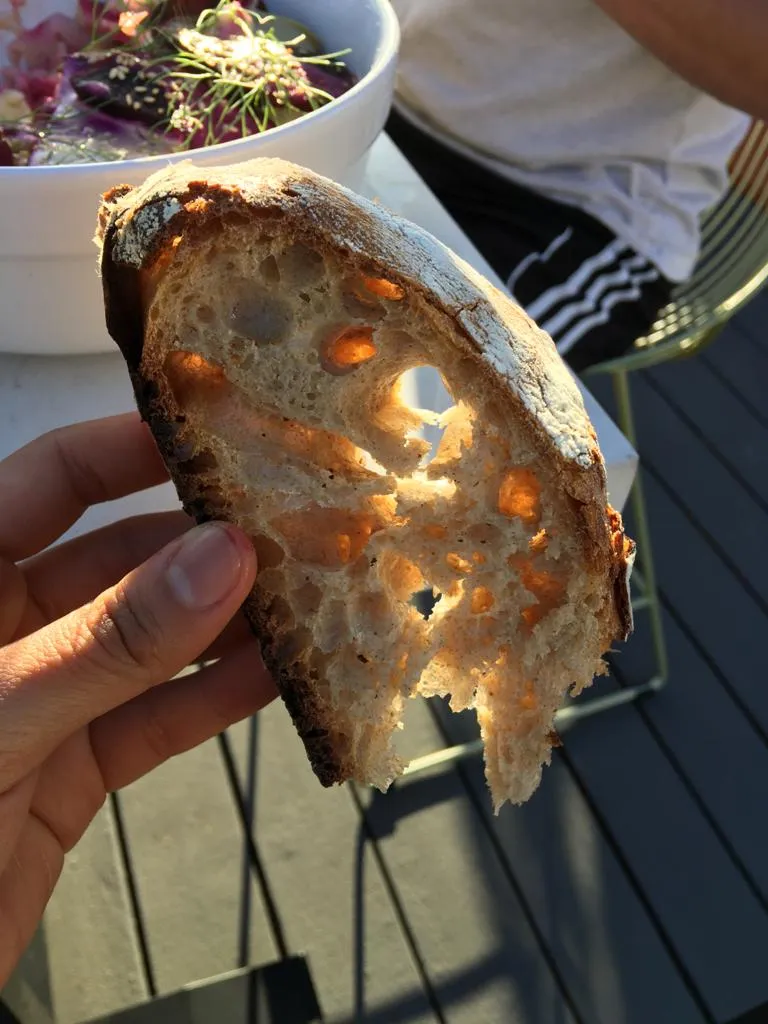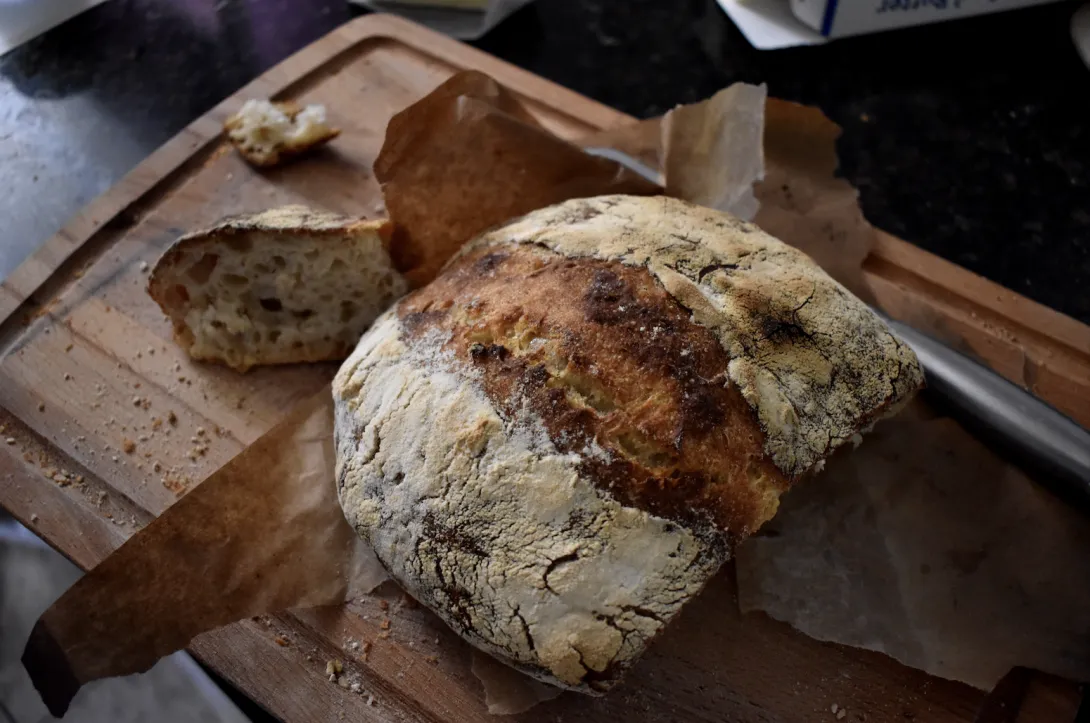tortie-tabby's blog
Sweet potato brioche


I used these buns to make kimchi-brined chicken sandwiches from seriouseats. Honestly the buns might've been better appreciated on their own, though the sandwich turned out pretty sublime.
Tangzhong
12 g flour
60 g milk
Dough
20 g cooked sweet potato
250 g AP flour
30 g sugar
1 tbs ADY
70 g milk
1 large egg
1/2 tsp salt (omit if using salted butter)
40 g softened salted butter
Steps
Fougasse and a personal formula for weekend SD loaves
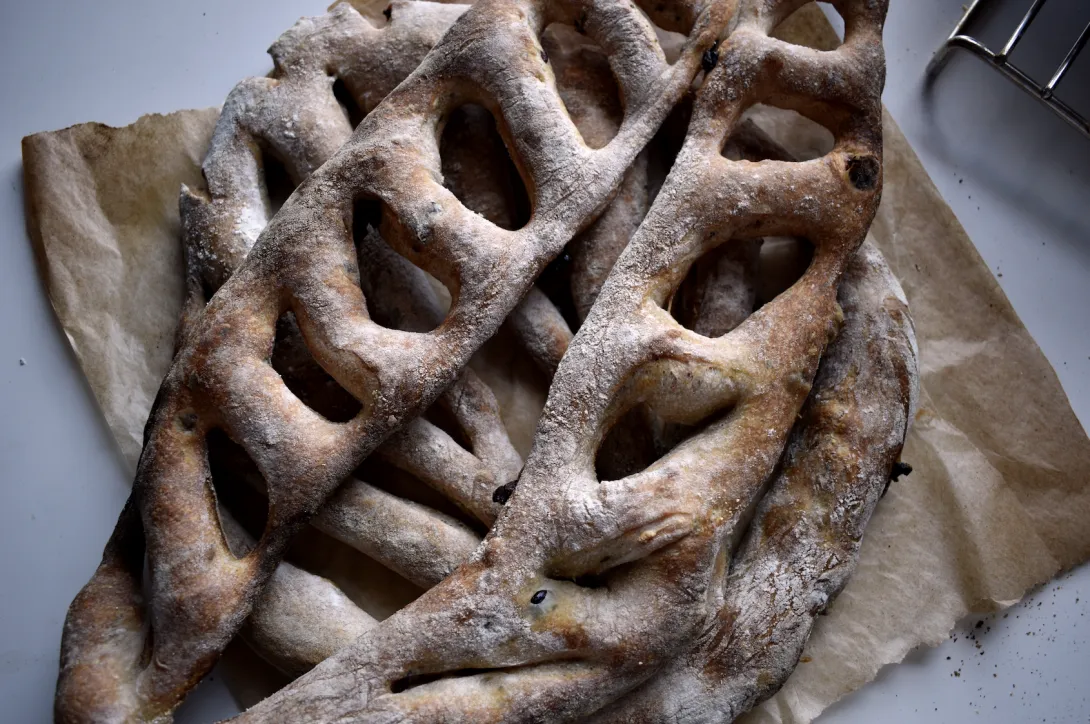
"Working from home" obviously isn't panning out for me. I spent all day baking bread instead of working. I did have maybe my most successful round of baking so far though. I made three fougasse, loosely based on Maurizio's SD fougasse recipe. I found that half of his recipe could make me three decently-sized fougasse, provided you make them as thin and holey as I did. They were delicious, my flatmate said it was her favorite bread I've made yet.
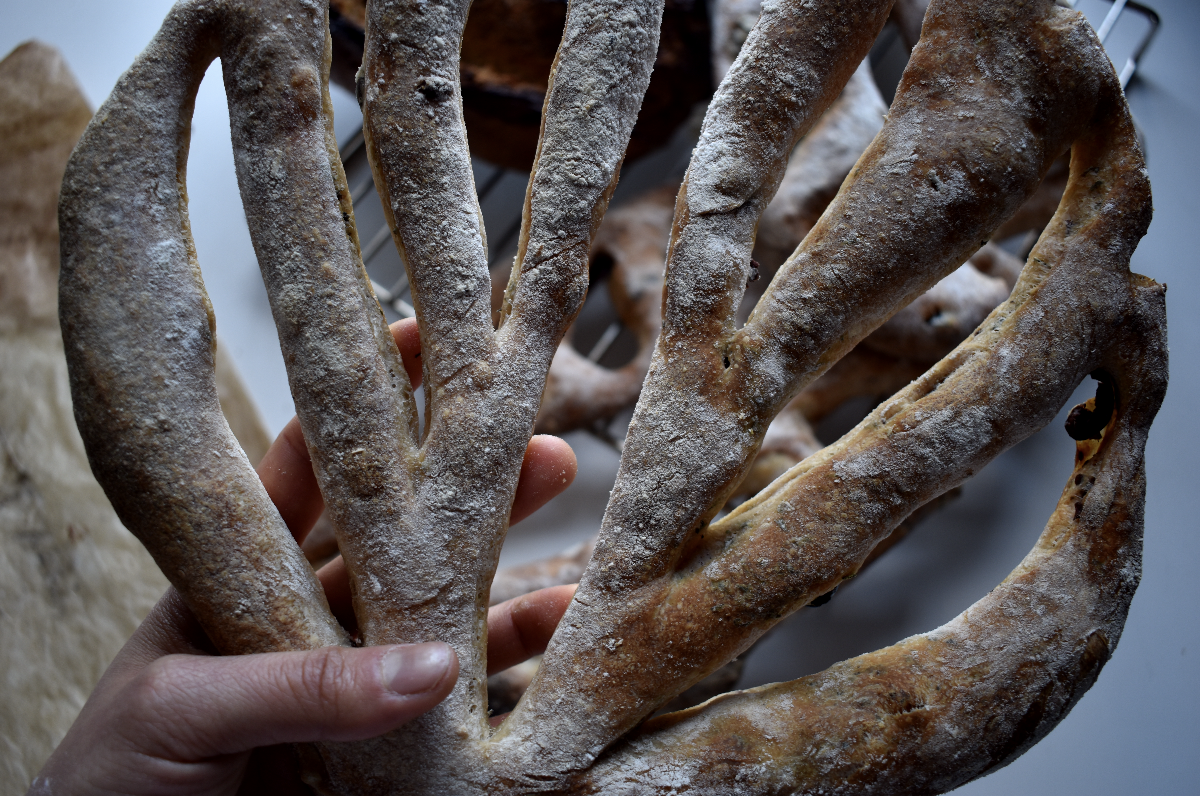
Flax and oatmeal soaker: revamping my entire process
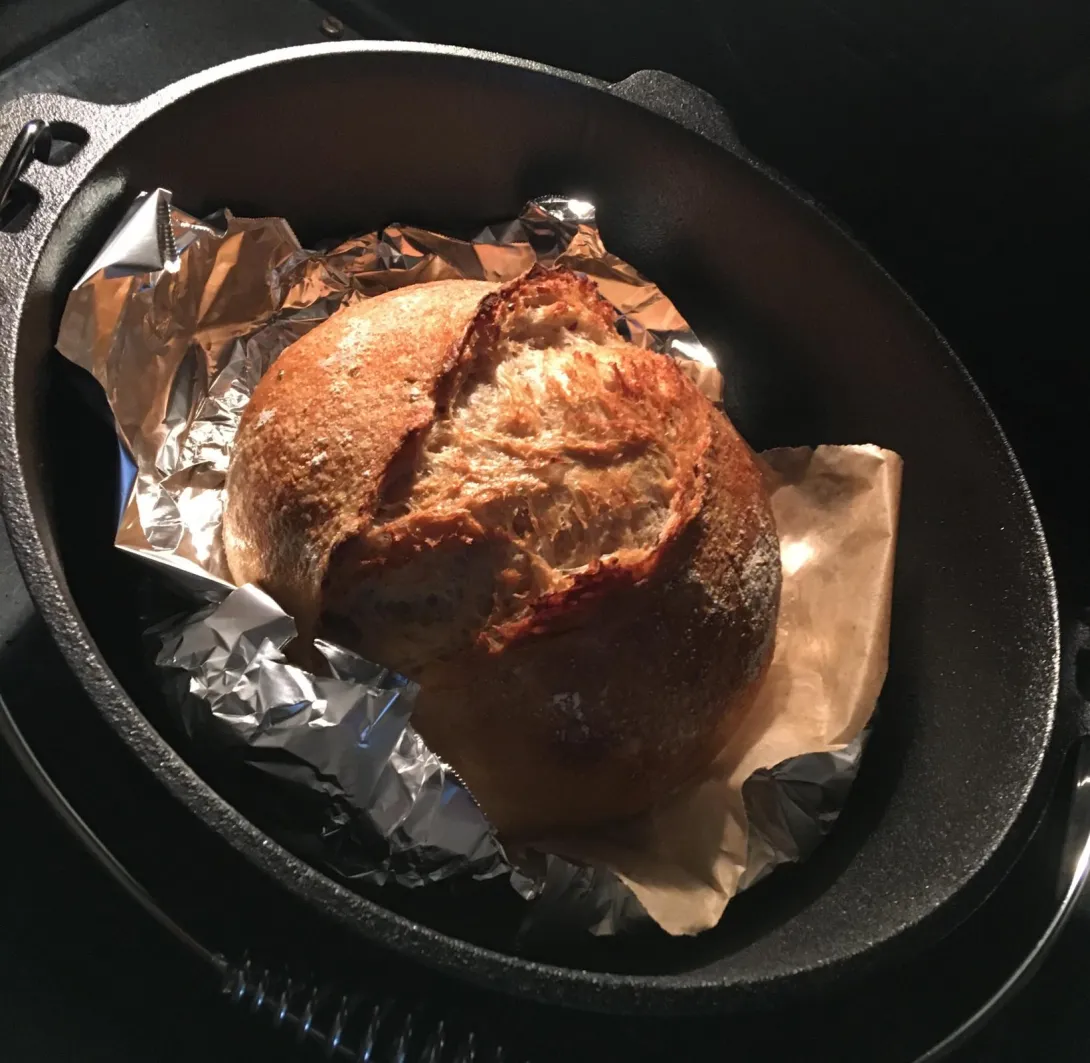
Hi, for this bake I decided to completely change up my process. I did this in part to fit my schedule, since I decided to make the dough late at night on a Friday, and in part to try a longer bulk ferment and baking the loaf straight from the fridge. Oven spring wasn't as strong as in my other bakes, but it might've been due to 1. a sleepy starter, 2. an overly long bulk ferment, 3. shaping and proofing in a bowl as boule, instead of making a long batard.
Ingredients
Kalamata olive sourdough: question about crumb
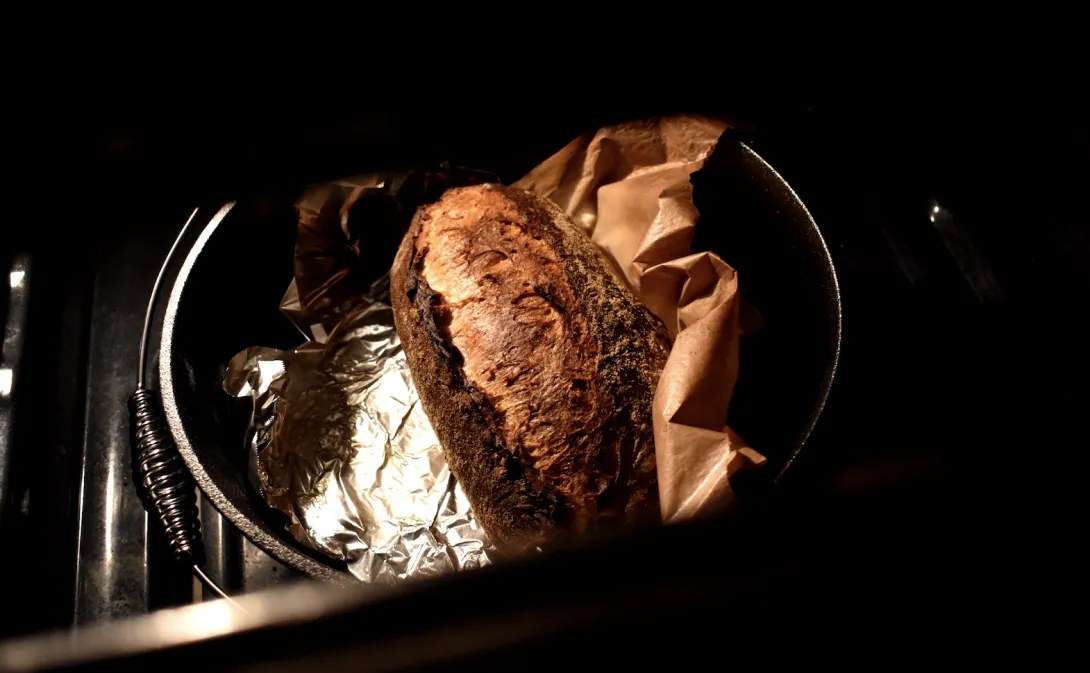
Hi, I was inspired by some recipes I saw here. I didn't end up following any in particular because of my busy schedule. At this point I sort of have a standard protocol which involves roughly autolysing and stretching and folding the dough whenever I get home in the evening, bulk fermenting up till I go to bed, then cold fermenting until I get home the next day. It's worked well for me, this loaf was soo yummy, but I do have a few questions.
Questions
Walnut and date sourdough round 2, more feedback?
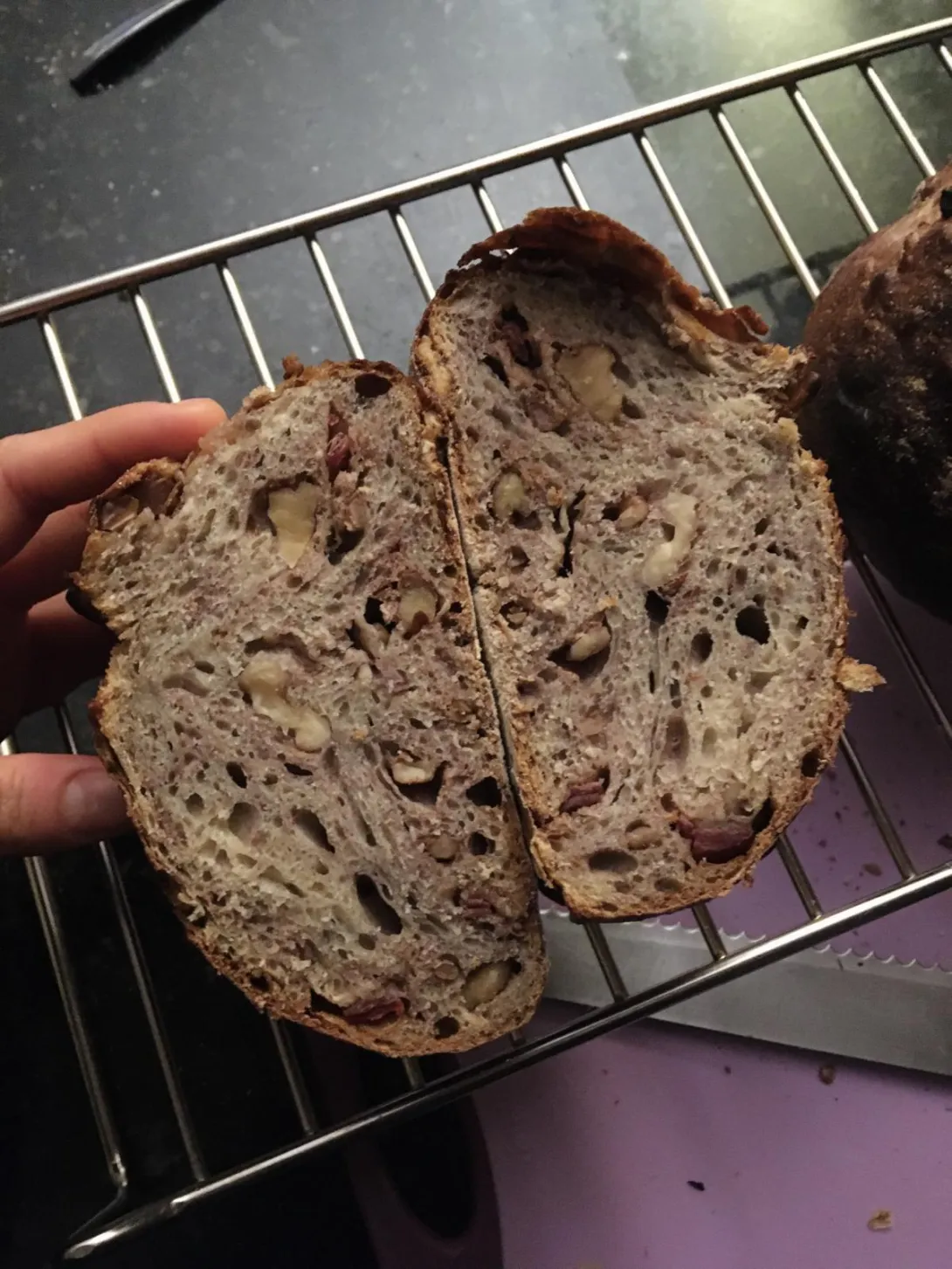
Changes compared to round 1
1. Accidentally made the hydration way too high.
2. Add-ins were ~29% total flour weight compared to ~38% last time. Didn’t soak the nuts and dates beforehand though, and forgot to toast the walnuts
3. Baked for much longer and at a lower temperature, seems like I could have still baked for even longer
4. Let the starter grow for 3 hours instead of 1.5 hours, rise of the dough was much better this time
Oat porridge sourdough
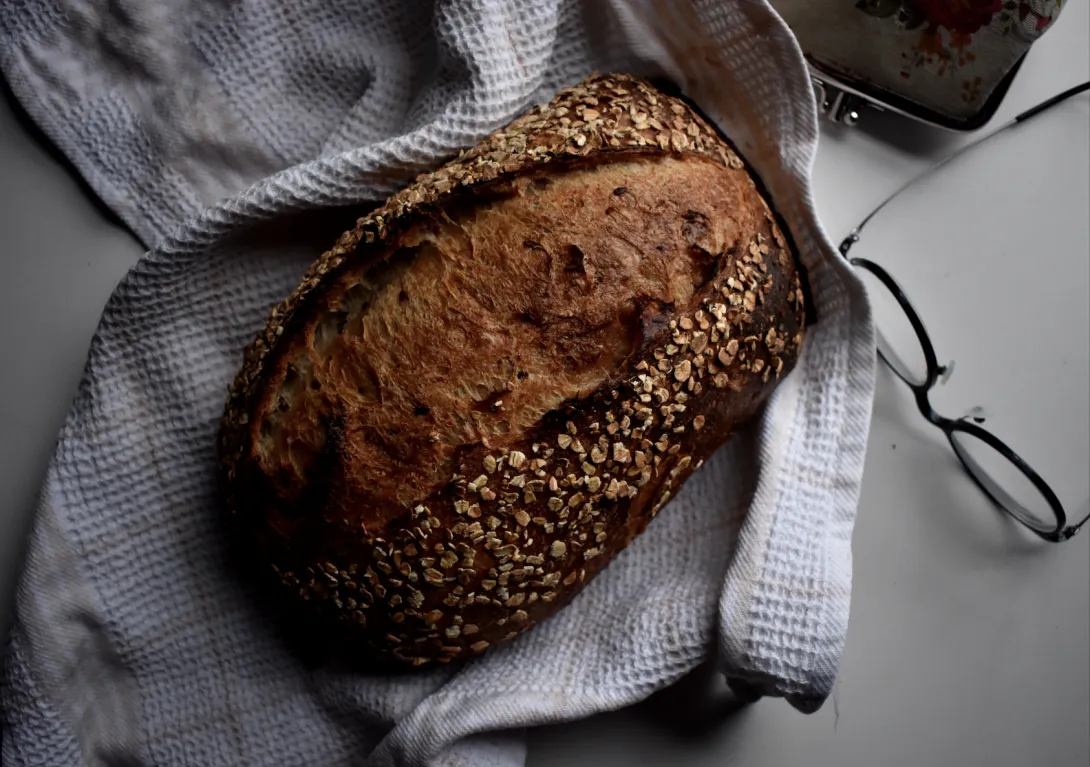
Followed some recommendations from Maurizio's recipe, adjusted the rest to suit my schedule/comfort zone. Feedback always welcome, I've only come so far with help from this community.
Oatmeal
50g quick oats soaked in water overnight then drained (used drained water for dough)
12g flax seeds, soaked with oats (4 tsp)
Dough
Whole Foods 365 Organic AP flour 450g (70%)
KAF whole wheat flour 150g (23%)
Troubleshoot my walnut and date sourdough?
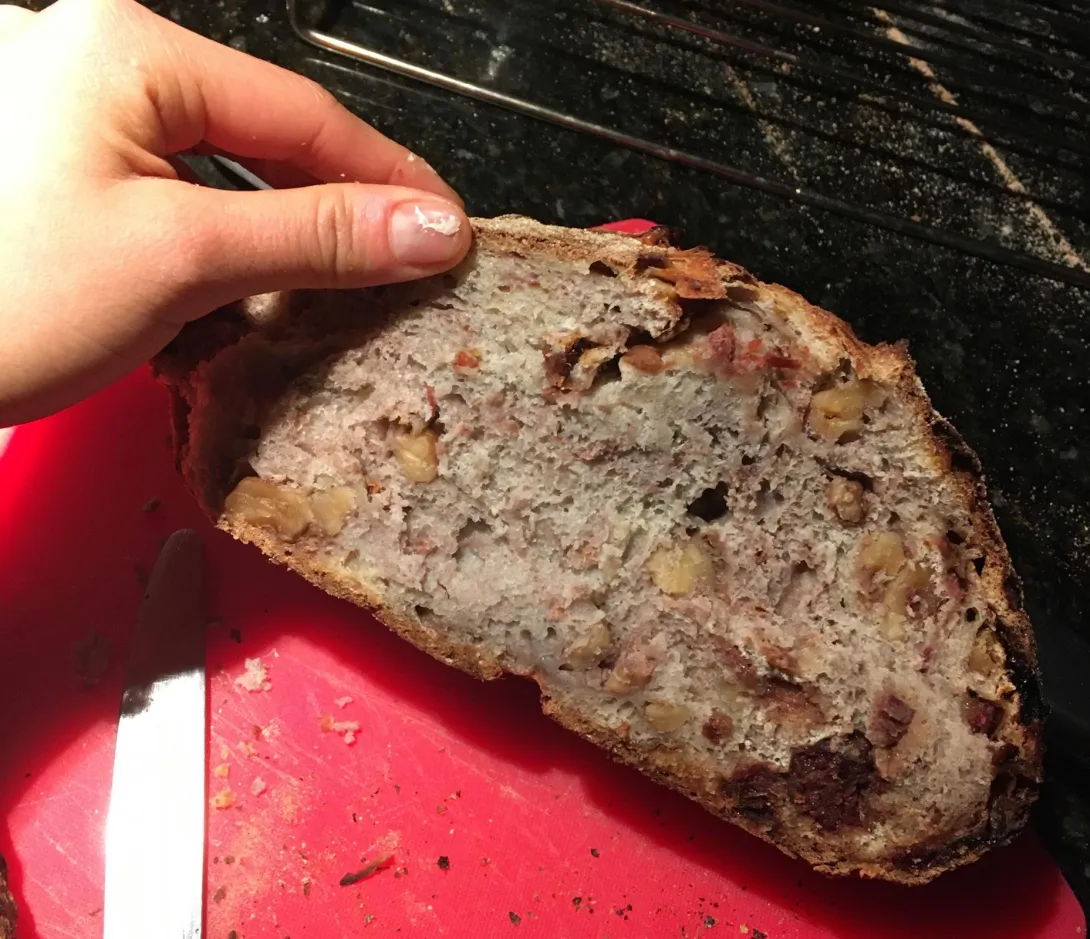
Hi,
I'm not sure why my loaf turned out so flat and dense. I have a few suspicions but I was wondering if anyone could give me suggestions on how to improve.
Starter 150 g
AP flour 300 g
150 g bread flour
Whole wheat 55 g
Water 364 g (76%)
Salt 12 g
IDY (1/8 tsp to supplement starter)
2 tbs oatmeal (soaked then pressed dry)
120 g toasted chopped walnuts
100 g dried dates
Baguette adventures round 6: Score!

Hi, so this is my 6th round of baguette baking. Overall, much much better oven spring and crumb than before. I think the next big thing to work on is my scoring technique. I documented the process pretty meticulously this time, so let me know if you spot anything I can improve on. Thanks! Recipe is at the bottom of the post.
Photos
